This article was co-authored by Vote.org. Vote.org is a 501(c)(3) nonprofit that uses technology to simplify political engagement, increase voter turnout, and strengthen American democracy. In particular, it aims to reach underserved voters, and has established itself as one of the most trusted and acessible online resources for registering to vote and understanding how to cast your ballot.
This article has been viewed 183,733 times.
In the United States, elected officials are chosen through a process where eligible citizens vote in an election. Voting is one of the best ways to participate in the democratic process. It's important to know how to cast your vote so you can make sure your voice is heard.
Steps
Preparing to Vote
-
1Find out if you're eligible to vote in the next election. It isn't just the Presidential election every four years that matters — there are also midterm, state, and local elections that happen more frequently. "Midterm" elections happen in the middle of a president's term when members of the U.S. House of Representatives and other offices are elected. In all states, you must be at least 18 years old on Election Day and a U.S. citizen to vote, though your state may have other eligibility requirements, which you can check here: https://www.vote.org/voter-registration-rules/.
- Some states allow 17-year-olds to vote in the primaries and caucuses if they'll be 18-years-old on Election Day.[1]
-
2Find out if you're already registered. Visit https://www.vote.org/am-i-registered-to-vote/ to figure out if you're already registered. Some states automatically register you when you apply for your driver's license, for example, so you might have registered without knowing it. If you're not registered, Vote.org can lead you through the process to register in your state.[2]
- Keep in mind that, even if you're already registered to vote, you will need to re-register if you've changed your name, address, or, in certain states if you'd like to change your political party affiliation.
Advertisement -
3Register to vote. If you have not yet registered to vote, then there are three main ways to do it, depending on your state: you can register online, register by mail, or register in person. The most important thing is that you're aware of your state's registration deadline, which may fall between 1-4 weeks before an election.
- You can register online if you live in one of the 42 states that allow it.[3] You can check this table to see whether or not your state offers online registration. If yours does, you can register through your State's election website or a site like Vote.org at https://www.vote.org/register-to-vote/.
- You can also easily print, fill out, and mail in a National Mail Voter Registration Form. If you don't live in Wyoming, North Dakota, or the U.S. territories, then this option will work for you. If you live in North Dakota, you don't have to register to vote.
- Registration in person is also an option, and you can generally do so at any of the following locations: the Department of Motor Vehicles (DMV), your state's election offices, Armed Service recruitment centers, public assistance facilities, or state-funded disabilities centers. Twenty-two states and the District of Columbia offer same-day voter registration where you can register to vote in person and cast your ballot at the same time.[4]
-
4Check if your state allows early voting. Many states allow voters to cast their ballot before Election Day. Early voting is convenient because you may have more flexibility to work around your schedule and you're less likely to wait in line.[5]
- You can find out if your state offers early voting and when you can vote early here: https://www.vote.org/early-voting-calendar/
-
5Learn where your polling place is. Polling places can be almost anywhere — government buildings, offices, schools, churches, restaurants, and sometimes even citizens' houses. In certain cities and counties, you may be able to choose which polling location you visit, but in most places, you're required to vote at your assigned polling place. Make sure you know where it is and how to get there well before Election Day. Keep in mind that your polling place may have changed since the last election.
- You can find your polling place at https://www.vote.org/polling-place-locator/ or by visiting your state's election office website.
- If you've recently registered, you should make sure to get confirmation of your registration at least a few weeks before it's time to vote. Check-in with your state or local offices if you still haven't received confirmation of your registration or verify your registration at https://www.vote.org/am-i-registered-to-vote/.
- Find out what you need to bring with you to vote. Each state has different requirements for what you need to bring for identification, whether it's a driver's license, other state-issued ID, or proof of residency, such as bank statements or bills with your name and address on them. Check your state's requirements here: https://www.vote.org/voter-id-laws/
-
6Learn what's on your ballot. If you're new to voting, it may be a good idea to familiarize yourself with your local ballot. Each local ballot is a bit different. This will let you know exactly who is running for which office, and it will also spell out any referendum or initiatives appearing before the voters.
- Find a sample ballot for your area and mark it according to your choices. This will help prevent confusion once you get to the voting booth and will allow you to cast your vote in the way you intend.
-
7Educate yourself on the candidates and the issues. Read the newspapers, look at the candidate's website, and look for voters' guides which may be published by nonpartisan groups in your area. Listen to radio or TV candidate debates or attend a debate or a forum in person. In local elections, where coverage is limited, it can be very effective to pick up the telephone and speak to a candidate.
Voting On-Site
-
1Go to your polling place. Be prepared for a wait — if you go before or after normal working hours, you may have a line ahead of you. Bring a book to kill time. You can also make friends with your fellow citizens while you're waiting.
- If you're voting for the first time or live in a state that requires you to show identification, make sure you bring this with you. You can find your state's voter identification requirements here: https://www.vote.org/voter-id-laws/
- Before you vote, you'll need to check in with the poll workers so they can know who you are and can give you a ballot. If you have any questions about the voting process, they would be happy to answer them.
Warning: Many states are changing their voting and election rules in response to COVID-19. You can check if your state’s rules have changed here: https://www.vote.org/covid-19/.
-
2Fill out the ballot as you wish. Follow the instructions for how to select your choices. Then, indicate how you want to vote. Take your time so you don't make any mistakes.
- If you're having trouble filling out the ballot, ask a poll worker to show you how.
-
3Review your ballot to make sure it's accurate. Take a moment to review your choices to make sure they're correct. If you find any errors, correct them before you cast your ballot.
- If anything does seem to be amiss, call over one of the poll workers — they'll be able to help.
-
4Turn in your ballot to cast your vote. Follow the instructions for submitting your ballot. Give your ballot to the appropriate person or feed it into the machine. Once your ballot is turned in, your vote will be counted.
Absentee and Early Voting
-
1Find out if you can vote early or by mail. The majority of states allow for in-person early voting and every state offers the option to vote by mail with an absentee ballot if certain criteria are met. Check your state's policies to see if you're eligible to vote absentee or to vote early.
- You can check your state's absentee voting rules here: https://www.vote.org/absentee-voting-rules/
- You can find out if and when your state offers early voting here: https://www.vote.org/early-voting-calendar/.
-
2Fill out your ballot. When you receive your ballot, read all of the included information. Fill out the ballot as directed to make your selections. If you are voting by mail, sign your ballot or envelope in the appropriate place when you're done.
- Make sure all your choices are clearly marked — don't leave any room for interpretation. Follow the instructions on the ballot carefully.
-
3Mail your ballot to the address provided. Read over the instructions to check the address where you need to mail your ballot. Check that the envelope is sealed and make sure you attach proper postage. Submit the ballot in advance of the deadline.
- Double-check that your ballot is properly signed, sealed, within the deadline, and has proper postage. Each state has its own requirements, so be sure to follow the instructions on your ballot.
Warnings
- Many states are changing their voting and election rules in response to COVID-19. You can check if your state’s rules have changed here: https://www.vote.org/covid-19/.⧼thumbs_response⧽
- If your jurisdiction has Internet election information, you can probably find your own voting history online. This means your neighbors, too, will be able to check whether you are a committed citizen by popping in to take a peek at your voting record for the past decade or so. So if you want people to think highly of you, be sure to vote.⧼thumbs_response⧽
- If you don't vote, you will effectively allow others to decide your future — don't leave your fate in the hands of others.⧼thumbs_response⧽
References
- ↑ https://www.usa.gov/voter-registration-age-requirements
- ↑ https://www.vote.org/am-i-registered-to-vote/
- ↑ http://www.ncsl.org/research/elections-and-campaigns/electronic-or-online-voter-registration.aspx#table
- ↑ https://www.vote.org/voter-registration-deadlines/
- ↑ https://www.vote.org/early-voting-calendar/
About This Article
To vote in the United States, you need to be a U.S. citizen who will be at least 18 years old on election day. You also must be registered to vote. If you’re not sure, visit the vote.org website to check your registration status. In most states, you can register online, by mail, or in person. Make sure you register by your state’s deadline, which is usually 1-4 weeks before an election. In some states, you may be able to vote early or by mail if you’d rather not vote on election day. Look up your local election dates and polling places on vote.org or your state government’s website. If your state requires it, you may need to bring some form of ID to the polls. When you get to your polling place, a poll worker will give you a ballot to fill out or instructions for using a voting machine. If you’re voting by mail, follow the instructions on the mail-in ballot.
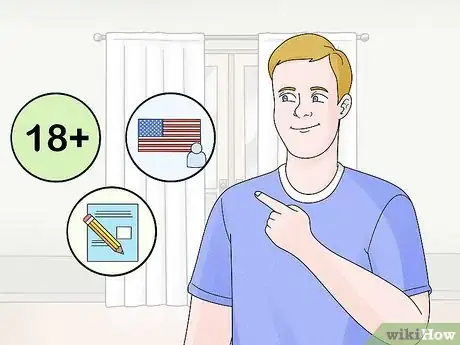
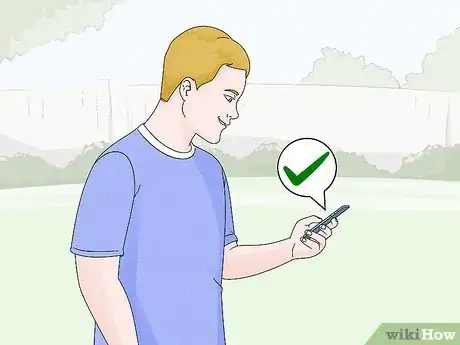

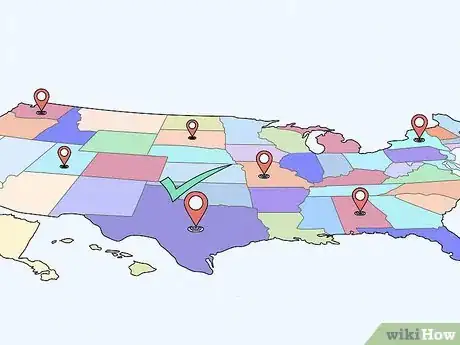

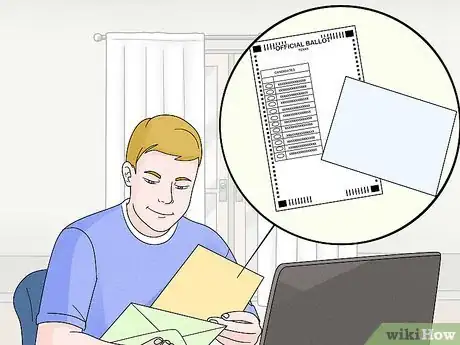

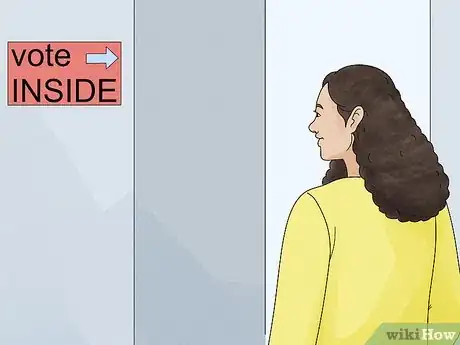
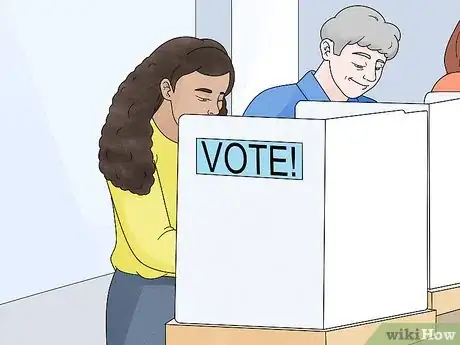
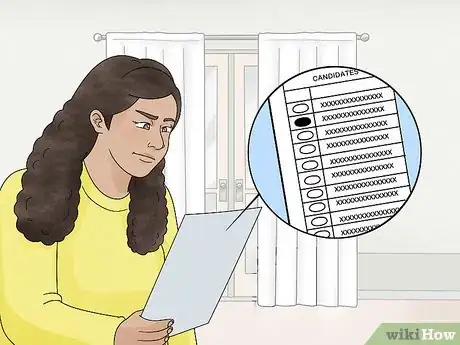
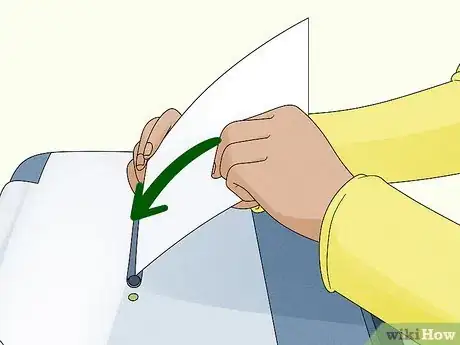

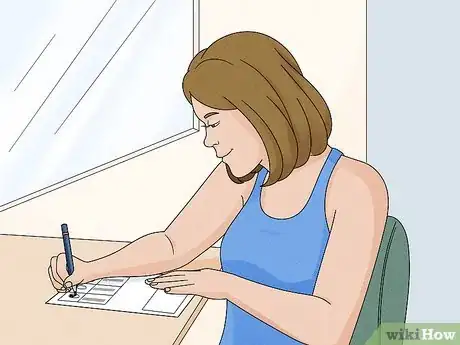







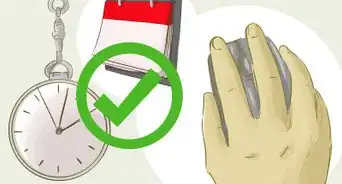




(3)-Status-of-a-Nonprofit-Step-1.webp)














































